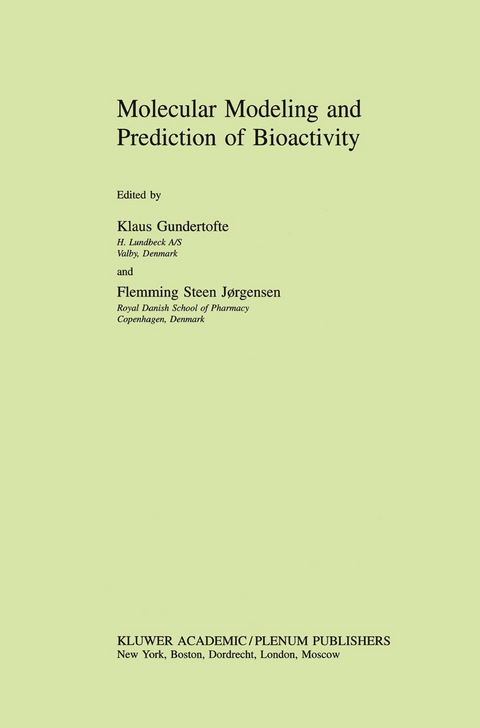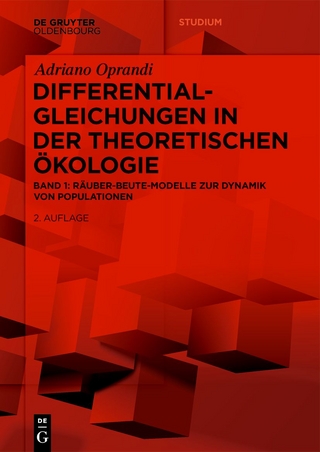
Molecular Modeling and Prediction of Bioactivity
Springer-Verlag New York Inc.
978-1-4613-6857-1 (ISBN)
Section I: Overview. . Section II: New Developments and Applications of Multivariate QSAR. Section III: The Future of 3D-QSAR. Section IV: Prediction of Ligand-Protein Binding. Section VI:Affinity and Efficacy Models of G-Protein Coupled Receptors. Section VII: New Methods in Drug DiscoverySection VIII: Modeling of Membrane Penetration. Section IX: Poster Presentations. Poster Session I: New Developments and Applications of Multivariate QSAR. Poster Session II: The Future of 3D-QSAR. Poster Session III: Prediction of Ligand-Protein Binding. Poster Session IV: Computational Aspects of Molecular Diversity and Combinatorial Libraries. Poster Session V: Affinity and Efficacy Models of G-Protein Coupled Receptors. Poster Session VI: New Methods in Drug Discovery. Poster Session VII: Modelling of Membrane Penetration. Author Index. Subject Index.
| Zusatzinfo | XVI, 502 p. |
|---|---|
| Verlagsort | New York, NY |
| Sprache | englisch |
| Maße | 155 x 235 mm |
| Themenwelt | Mathematik / Informatik ► Mathematik ► Analysis |
| Medizin / Pharmazie ► Pflege | |
| Medizin / Pharmazie ► Pharmazie ► PTA / PKA | |
| Naturwissenschaften ► Biologie ► Biochemie | |
| Naturwissenschaften ► Biologie ► Genetik / Molekularbiologie | |
| Naturwissenschaften ► Chemie ► Physikalische Chemie | |
| ISBN-10 | 1-4613-6857-X / 146136857X |
| ISBN-13 | 978-1-4613-6857-1 / 9781461368571 |
| Zustand | Neuware |
| Haben Sie eine Frage zum Produkt? |
aus dem Bereich


